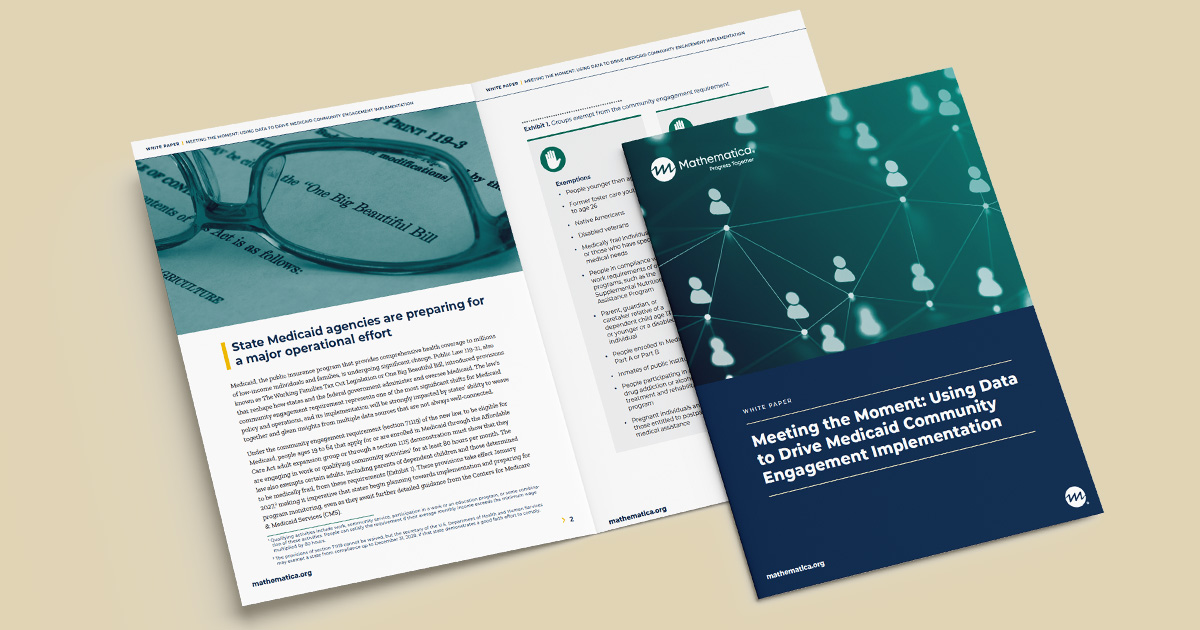Jobs in the Balance: The Early Employment Impacts of Washington, DC’s Early Childhood Educator Pay Equity Fund (PEF)
Download
Associated Project
Washington, DC Early Childhood Educator Pay Equity Fund Impact and Cost Effectiveness Study
Prepared for:
Bezos Family Foundation
Klingenstein Philanthropies
DC Action
Clients


Key Findings
- The study estimates a statistically significant, positive impact of the initial payments made through the PEF, an initiative to address the pay gap between child care and early childhood education (CCEE) educators and K-12 teachers, on the number of CCEE educators employed in the District.
- By the fourth quarter of 2022—just two quarters after the launch of the PEF—the initial payments increased CCEE employment levels in Washington, DC by approximately 100 additional educators, or about 3 percent. This was the largest positive impact among all counties included in the analysis over this period.
- The PEF’s immediate impacts on CCEE employment levels are promising and appear to represent a useful strategy for increasing workforce retention and stability, though the longer-term effects of the program are still uncertain.
Despite the contributions of their work to the learning and development of young children, CCEE educators receive some of the lowest wages in the United States and have high rates of turnover in their jobs. In a pioneering effort, Washington, DC has launched the PEF—the nation’s first large-scale program to supplement CCEE educator wages. The PEF was created to bring CCEE educator salaries in line with similarly trained and certified educators employed by DC Public Schools. This program, launched in Fall 2022, delivered initial lump sum payments ranging from $10,000 to $14,000 to approximately 3,000 CCEE educators across DC.
This policy research brief shares findings from a study using quasi-experimental methods to examine the immediate impacts of these initial payments on CCEE employment levels in Washington, DC. The analysis uses synthetic control methods and data from the Quarterly Census of Employment and Wages for the period between 2019 and 2022. These datasets and the programs used to conduct the analysis are available for download here
Efficiency Meets Impact.
That's Progress Together.
To solve their most pressing challenges, organizations turn to Mathematica for deeply integrated expertise. We bring together subject matter and policy experts, data scientists, methodologists, and technologists who work across topics and sectors to help our partners design, improve, and scale evidence-based solutions.
Work With Us
